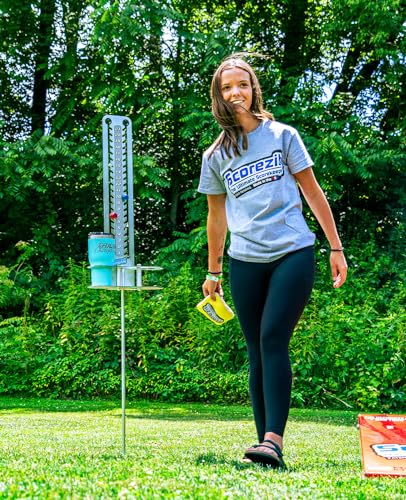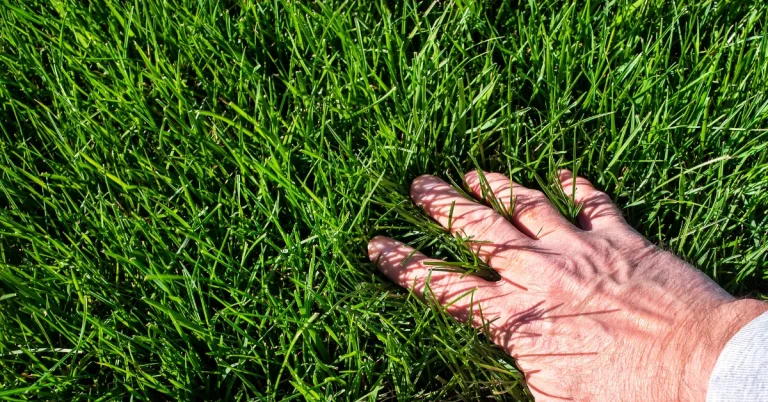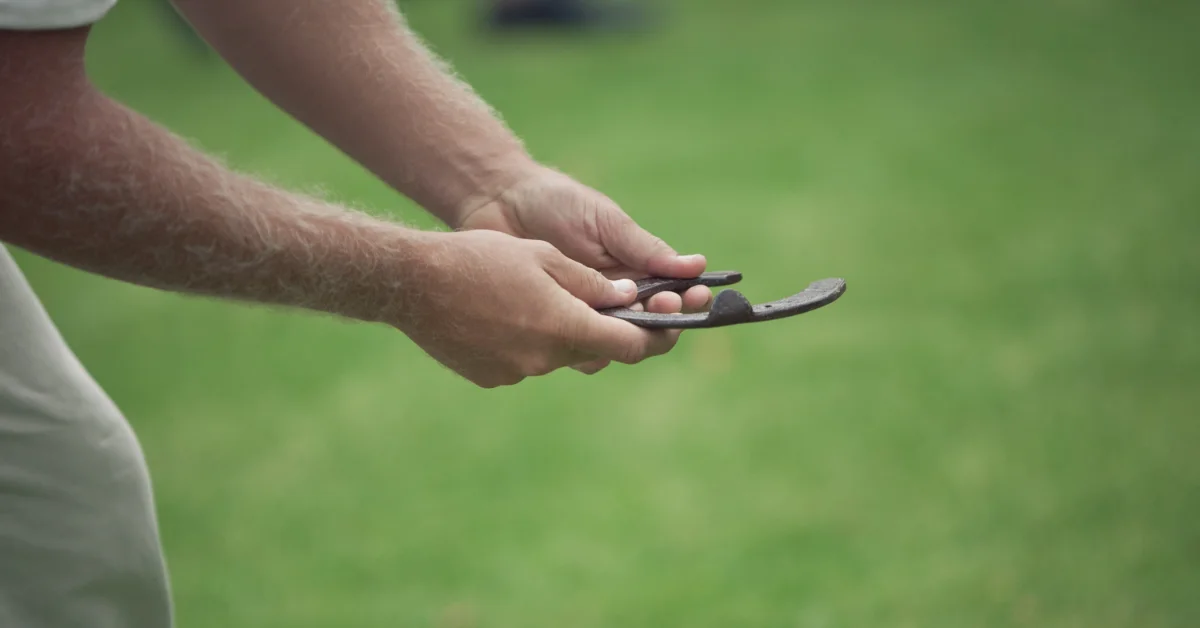Introduction
In the realm of classic outdoor games, few hold the same enduring allure as horseshoes. With its roots deeply embedded in history, this simple yet engaging game has been enjoyed by generations, fostering camaraderie, competition, and cherished memories. In this blog post, we delve into the fascinating history, rules, benefits, and the essential components of this timeless game that continues to grace backyard gatherings and picnics with its presence.
A Brief History of Horseshoes
The origins of horseshoes can be traced back to ancient civilizations, where warriors and equestrians recognized the need to protect their trusty steeds’ hooves from wear and tear. The practice of fitting horses with protective metal shoes eventually evolved into a recreational game, creating a bridge between utilitarianism and leisure.
The Essence of Horseshoes
Horseshoes is a game that strikes a balance between competition and relaxation. Played with a sense of camaraderie, it brings people together for light-hearted fun. The objective is simple: players take turns tossing horseshoes at a stake planted in the ground, aiming for a “ringer,” where the horseshoe encircles the stake, or to land the horseshoe closest to the stake to earn points.
Setting Up the Game
Setting up a horseshoe game is straightforward. All you need is a
horseshoe set, which typically includes four horseshoes and two stakes. The stakes are placed at opposite ends of a playing area, usually around 40 feet apart. The space between the stakes is known as the pitching pit.
Gameplay and Rules
- Throwing the Horseshoe: Players stand behind one stake, known as the “pitching stake,” and take turns throwing two horseshoes each. The objective is to throw the horseshoe in a way that it lands around the opposing stake, known as the “opposite stake.”
- Scoring: Points are awarded based on the horseshoes’ positions:
- Ringer: A horseshoe that encircles the stake is a ringer and earns three points.
- Leaner: If a horseshoe leans against the stake, it earns one point.
- Closest to Stake: If no ringers or leaners are achieved, the horseshoe closest to the stake earns one point.
- Cancellation Scoring: Only one player can score per inning. If both players or teams have horseshoes equally close to the stake, no points are scored.
- Winning the Game: The game is typically played to a predetermined number of points, commonly 21. The player or team that reaches this score first is declared the winner.
Benefits of Playing Horseshoes
- Physical Activity: Horseshoes involves light physical activity, making it suitable for players of various ages and fitness levels.
- Social Interaction: The game encourages friendly competition and camaraderie, providing an excellent opportunity to bond with friends and family.
- Outdoor Enjoyment: Horseshoes is best enjoyed in the great outdoors, allowing players to soak in the sun and fresh air.
Conclusion
Horseshoes, with its blend of history, simplicity, and sociable nature, stands as a testament to the timeless appeal of traditional outdoor games. As the clink of metal horseshoes echoes through backyards and parks, it carries with it the joy of friendly competition and the spirit of togetherness. So, gather your loved ones, set up your horseshoe game set, and immerse yourself in the world of this classic pastime that bridges generations and fosters cherished memories.









